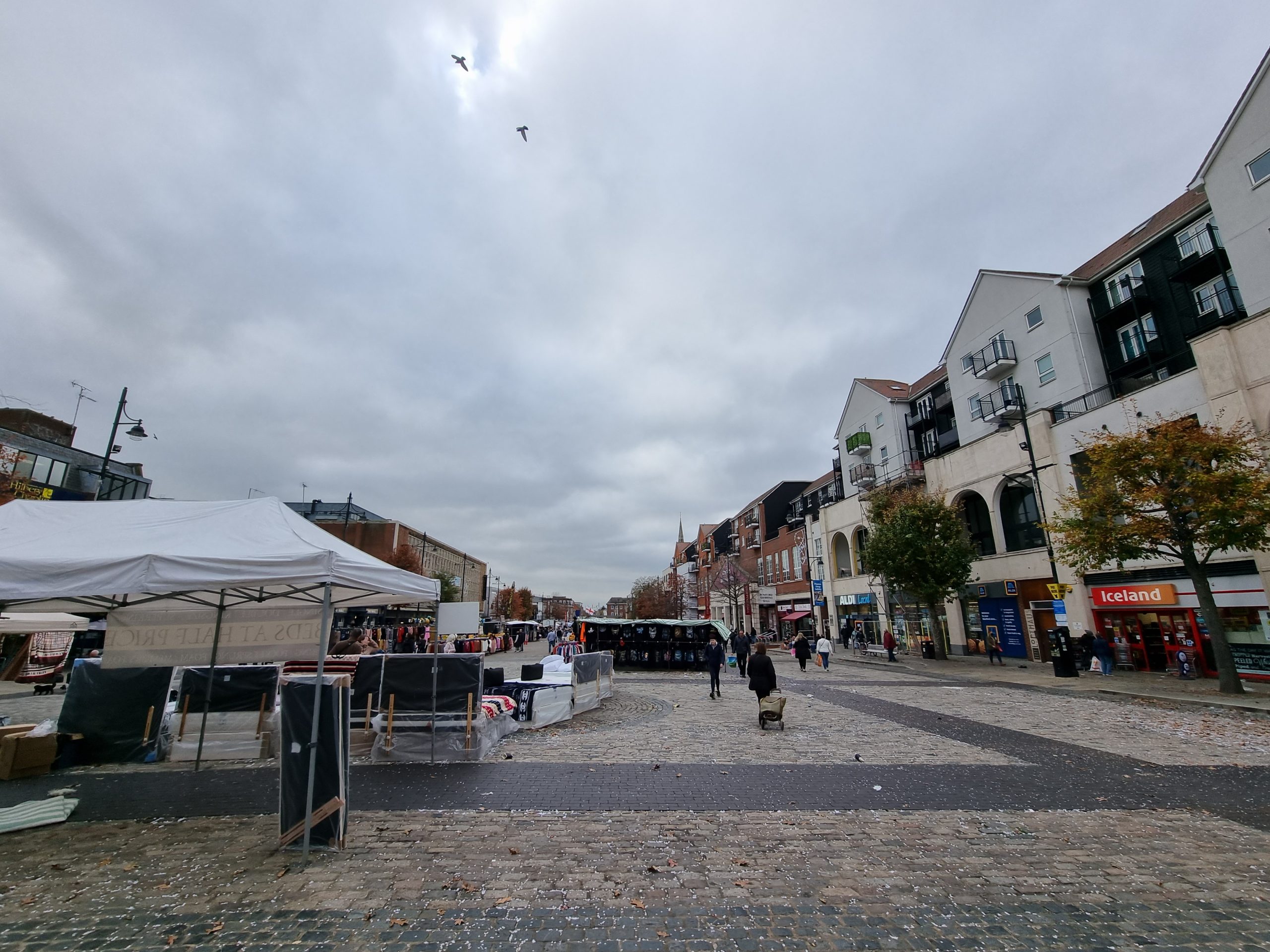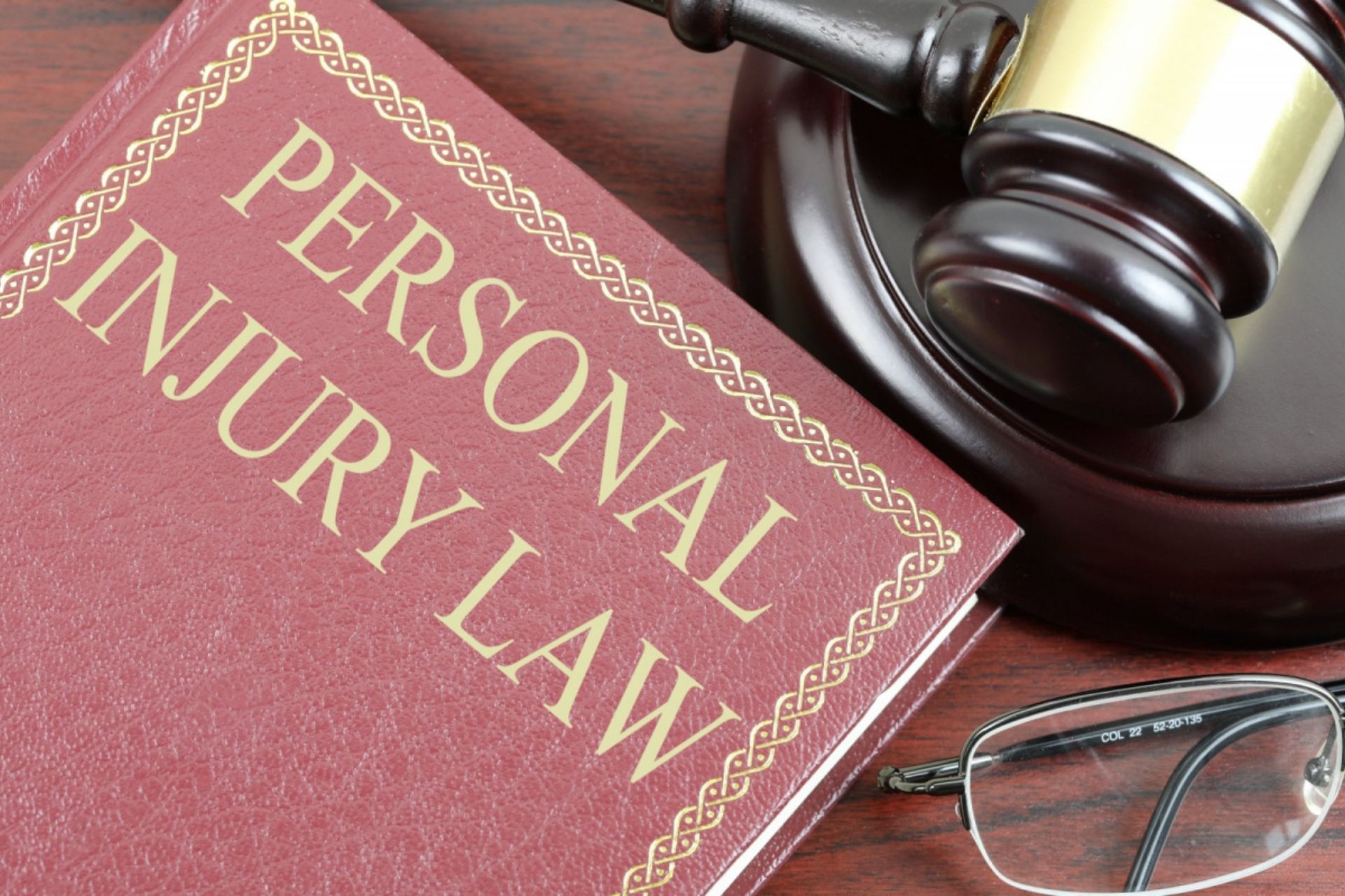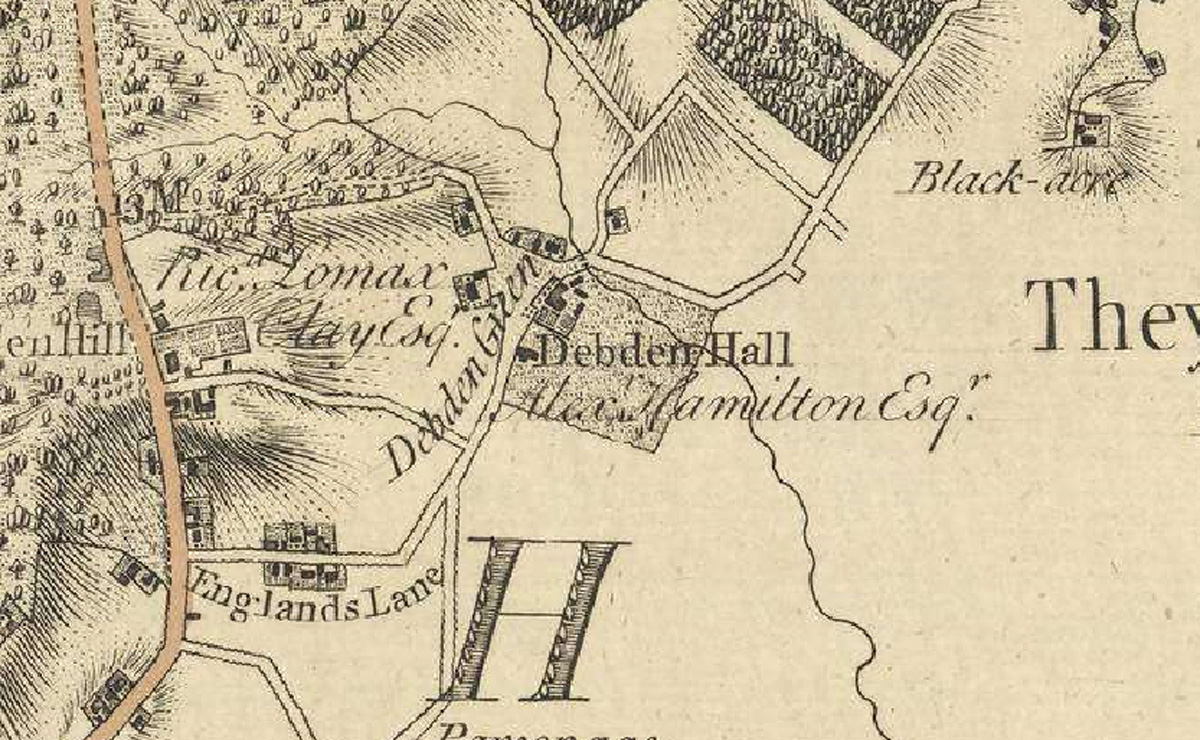As a landlord, you have a responsibility to ensure that your rental properties are safe for your tenants. Electrical safety is a vital aspect of this, and the best way to guarantee that your property is up-to-date and meets safety standards is by conducting an Electrical Installation Condition Report (EICR) inspection. In this article, we will discuss the importance of EICR inspections for landlords and how they can protect both properties and tenants.
What is an EICR Inspection?
An EICR inspection is an assessment of the electrical systems in a property to determine whether they meet current safety standards. During an inspection, a qualified electrician will examine the electrical installation and identify any defects or potential hazards. The electrician will then provide a domestic EICR report detailing the findings and recommend any necessary repairs or upgrades to bring the installation up to standard.
They will also perform a series of EICR tests to ensure that the system is functioning correctly and safely, the results of which are recorded in an EICR report that provides a comprehensive overview of the electrical system’s condition. The report will also include details of any defects or hazards that were identified during the inspection, along with recommendations for remedial work.
The Importance of EICR Inspections for Landlords
EICR inspections are essential for landlords for several reasons. First and foremost, they help to protect tenants from potential electrical hazards. Faulty electrical systems can cause electrical shocks, fires, and other safety hazards. By conducting EICR inspections, landlords can identify and address these hazards before they cause harm to tenants. Under the Electrical Safety Standards in the Private Rented Sector (England) Regulations 2020, landlords must conduct an EICR inspection on their rental properties at least every five years.
Failure to comply with these regulations can result in fines and legal action. EICR inspections can also help landlords to avoid costly repairs and potential liability. By identifying and addressing electrical hazards early on, landlords can prevent damage to their properties and avoid costly repairs. Remember that if a tenant is injured as a result of an electrical hazard that could have been identified and addressed through an EICR inspection, the landlord may be held liable.
What Happens During an EICR Inspection?
To conduct an EICR inspection, landlords should hire a qualified electrician who is registered with a government-approved scheme such as NICEIC or NAPIT to perform the inspection. They will thoroughly assess the electrical installation, including the wiring, sockets, switches, and consumer unit (fuse box). The inspection will typically take a few hours to complete, and after the inspection, the inspector will provide a report detailing the findings and any necessary repairs or upgrades. Landlords should take these recommendations seriously and arrange for any necessary repairs or upgrades to be carried out as soon as possible.
Potential Hazards Identified During EICR Inspections
EICR inspections can identify a range of potential electrical hazards that landlords may not be aware of. Wiring that is damaged, frayed, or otherwise in poor condition can be a serious hazard and can cause electrical fires, power outages, and even electrocution. During an inspection, an electrician will check all of the wiring in the property to ascertain whether it is safe and in good condition.
Overloading a circuit can cause it to overheat and potentially start a fire, which can happen if too many electrical devices are plugged into one outlet or if the electrical system is outdated and not designed to handle modern appliances, so an electrician will check for overloaded circuits and recommend solutions, such as upgrading the electrical system or installing additional outlets.
By identifying these hazards, landlords can take action to address them and prevent potential accidents and injuries.
The Benefits of Regular EICR Inspections
Regular inspections can help landlords identify and address potential electrical hazards early on, preventing costly repairs and liability issues down the line. EICR inspections are essential for protecting tenants from potential electrical hazards, and by ensuring that the electrical system is safe and up-to-date, landlords can provide a safe living environment for their tenants.
Having an up-to-date report can even improve the value of a rental property, as prospective tenants are often willing to pay more for a safe and well-maintained property, and an up-to-date report can help landlords market their properties as such. Finally, regular inspections can give landlords peace of mind, knowing that their properties are safe and up-to-date, which can reduce stress and help landlords to focus on other aspects of property management.
EICR inspections are a crucial aspect of maintaining the safety of rental properties and protecting tenants from potential electrical hazards. Landlords should schedule inspections every five years, as required by law, and take the recommendations of qualified electricians seriously to ensure the safety of their properties and tenants. By prioritising electrical safety, landlords can avoid costly repairs and legal action, and, most importantly, protect their tenants from harm.


































